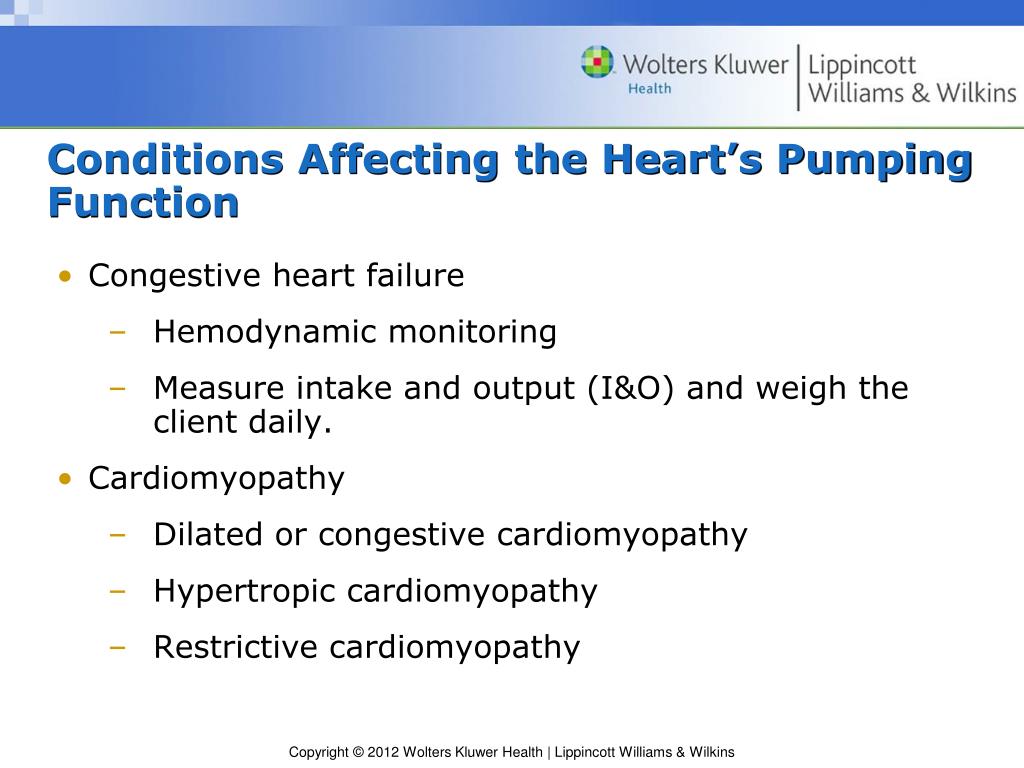

Non-contact voltage testers (also known as inductance testers) allow you to check for voltage in wires or devices without you having to touch any electrical parts. Best for: Detecting and measuring voltage.The Spruce Home Improvement Review Board.Neurorehabilitation of spinal cord injuries following lightning and electrical trauma. Emergency treatment and early fluid resuscitation following electrical injuries. Emergent care of lightning and electrical injuries. Practice guidelines for the management of electrical injuries. Outcomes of electrical injuries in the emergency department: a 10-year retrospective study. Pawlik AM, Lampart A, Stephan FP, Bingisser R, Ummenhofer W, Nickel CH.

Neurorehabilitation of the multifaceted and complicated neurologic problems associated with lightning and electrical injuries. Diagnosis of Long-Term Sequelae After Low-Voltage Electrical Injury. Autonomic nervous system dysfunction in lightning and electrical injuries. Electric shock-induced coronary artery thrombosis and dissection. Risk of cardiac arrhythmias after electrical accident: a single-center study of 480 patients. Myocardial necrosis by electrocution: evaluation of noninvasive methods. Romero B, Candell-Riera J, Gracia RM, Fernandez MA, Aguadé S, Peracaula R, et al. Cardiac problems associated with electrical injury. Epidemiology and identification of avoidable hazards. Household electrical injuries in children. Epidemiological studies of electrical injuries in Shaanxi Province of China: A retrospective report of 383 cases. Sun CF, Lv XX, Li YJ, Li WZ, Jiang L, Li J, et al. Biophysical injury mechanisms in electrical shock trauma. Electric shock, Part I: Physics and pathophysiology. Electric shock, Part II: Nature and mechanisms of injury. Some unusual clinical situations and management. 93(12):1165-8.ĭega S, Gnaneswar SG, Rao PR, Ramani P, Krishna DM. Does a Sixth Mechanism Exist to Explain Lightning Injuries?: Investigating a Possible New Injury Mechanism to Determine the Cause of Injuries Related to Close Lightning Flashes. Since lightning burns are usually superficial, using a standard formula, such as the Parkland formula, may be helpful.īlumenthal R, Jandrell IR, West NJ. Initial fluid resuscitation should aim for urine output of greater than 0.5 cc/kg/h if no signs of myoglobinuria are present and preferably greater than 1 cc/kg/h if myoglobinuria is present. A Foley catheter is helpful in monitoring urine output and, therefore, tissue perfusion. As with conventional thermal injury, electrical injuries cause massive fluid shifts with extensive tissue damage and acidosis therefore, monitoring a patient's hemodynamics is important. Fluid replacement is the most important aspect of the initial resuscitation. Intravenous access, cardiac monitoring, and measurement of oxygen saturation should be started during the primary survey. Maintain a high index of suspicion and evaluate for hidden injuries. Airway, breathing, circulation, and inline immobilization of the spine should be performed as a part of primary survey. Patients with electrical injury should be initially evaluated as a trauma patient.


 0 kommentar(er)
0 kommentar(er)
